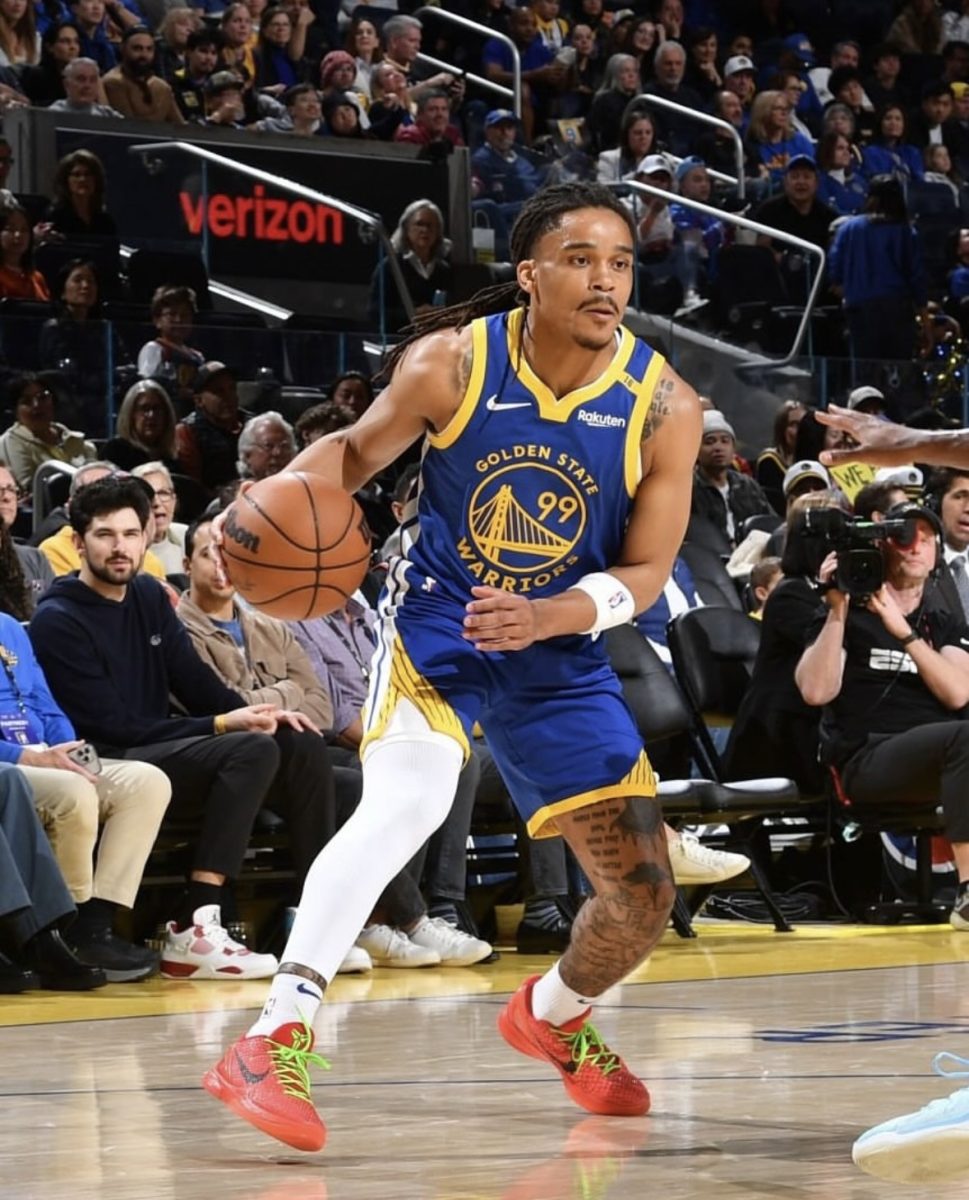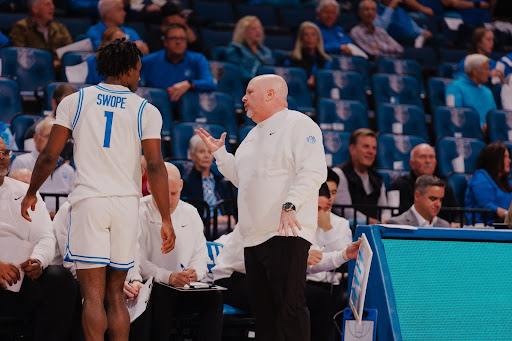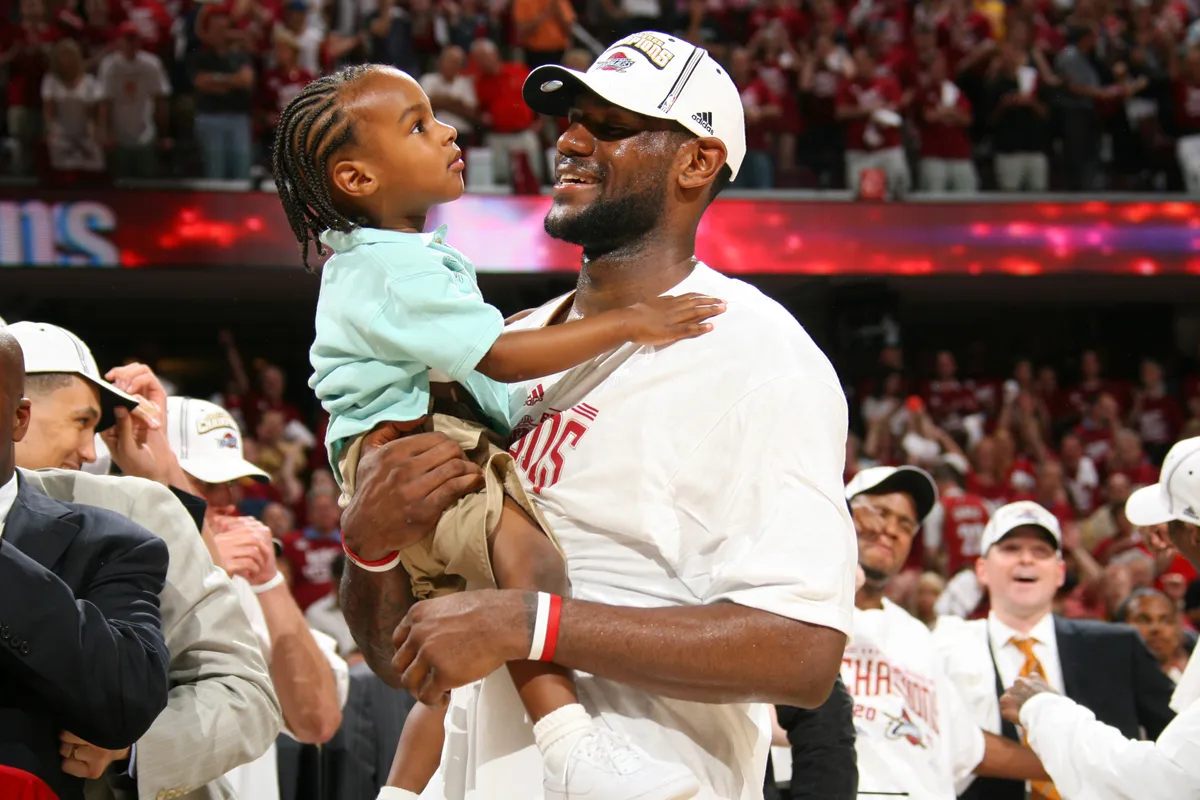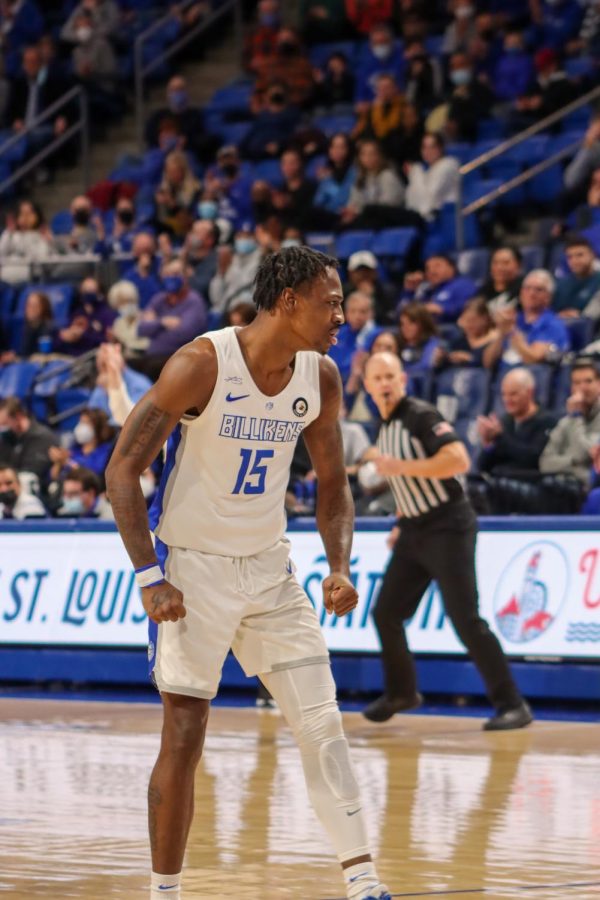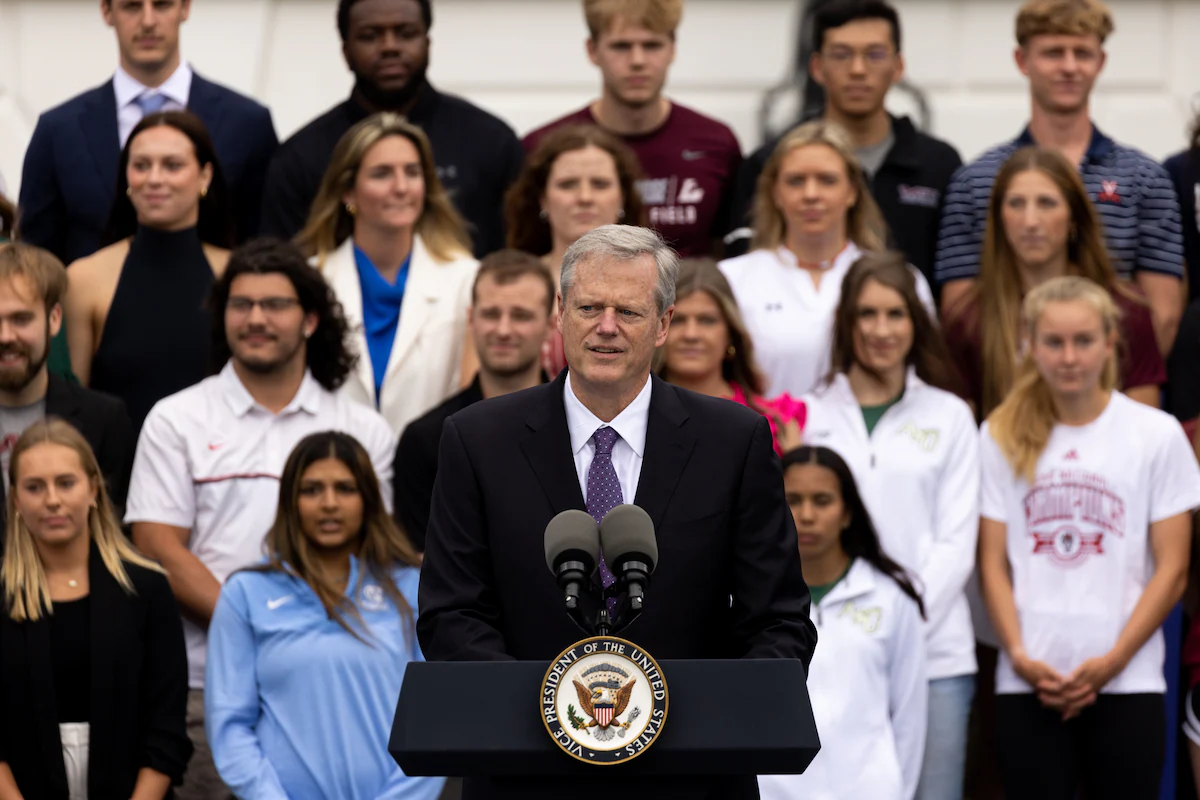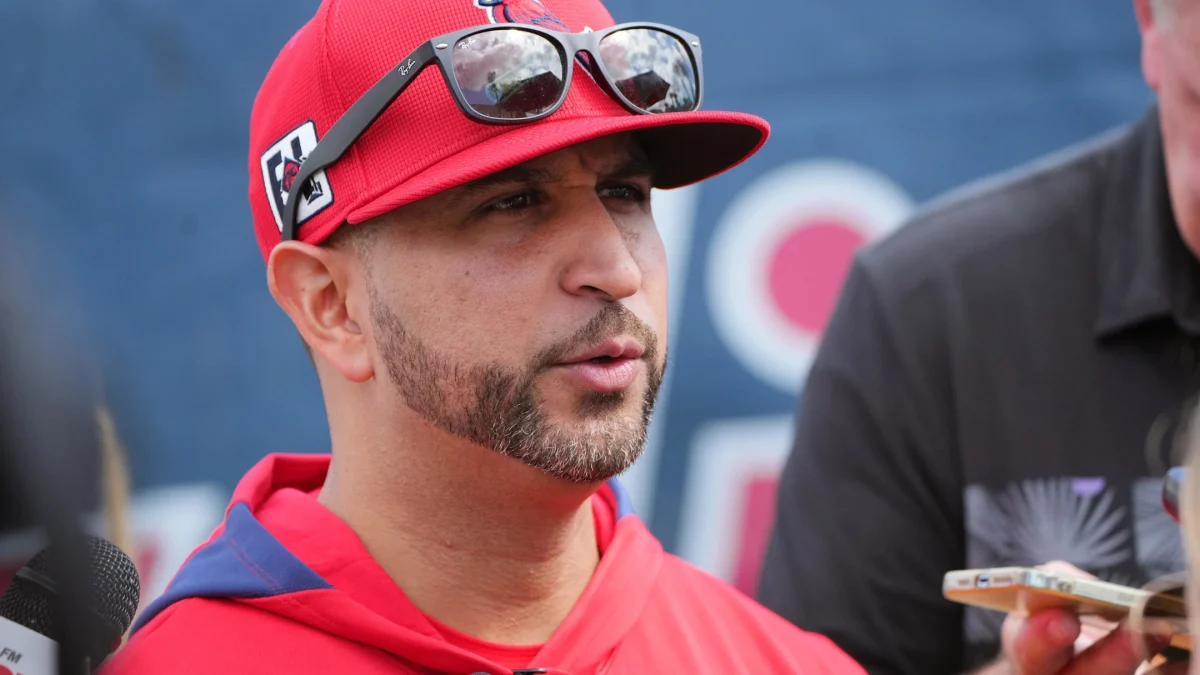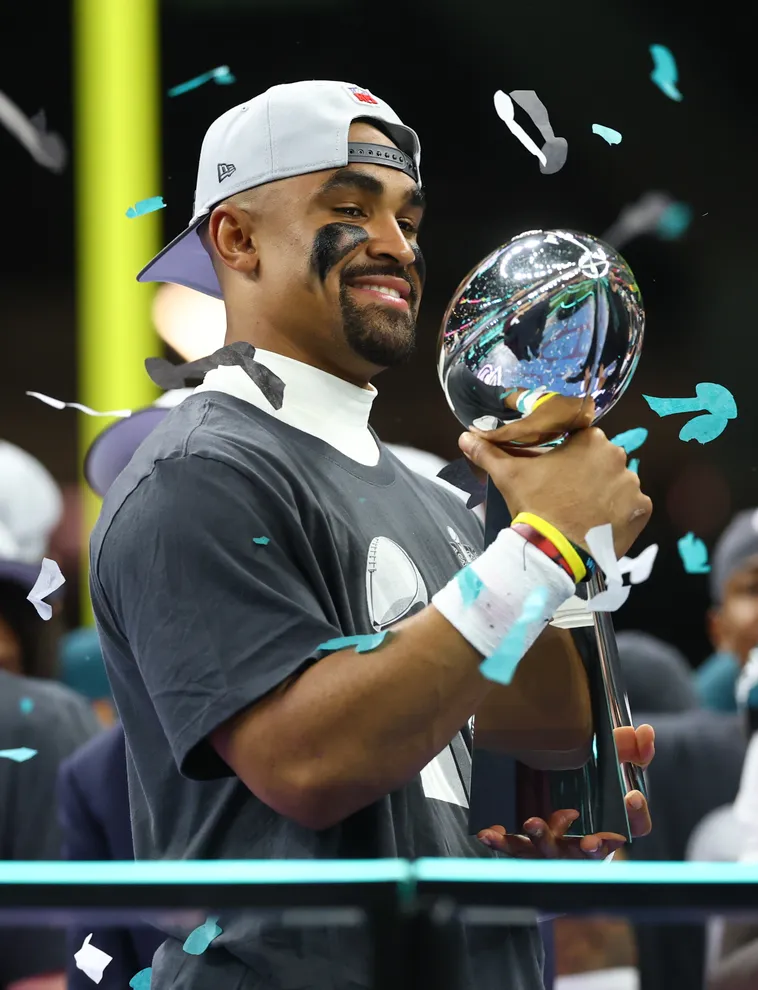Pitino. Krzyzewski. Izzo. The list reads like a hall of fame ballot. But for the next few weeks, these legendary coaches of Louisville, Duke and Michigan State, respectively, headline the Midwest region of this year’s NCAA Tournament. The coaches of the top-three seeds in the region have 22 Final Four berths and six national championships between them. If SLU wants to make a run of its own in the tournament, it’ll be up against these legends, looking to make a bit of its own history.
“They’re all tough. It’s not easy… It’s hard to win a game. It’s hard to win a championship—that’s what makes it fun,” SLU interim head coach Jim Crews said.
In addition to these basketball bluebloods, the region contains Cinderellas Creighton, which is led by player of the year candidate Doug McDermott, and Oregon, which won the Pac-12 title, only to be snubbed with a No. 12 seed.
No. 1 Louisville
On top of the region sits the No. 1 overall seed in the tournament, the Big East tournament championships, who also shared the regular season title, are many experts’ favorites to win the National Championship. The Cardinals are led by junior guard Russ Smith, who averages 18.1 points per game, and junior Gorgiu Dieng, who averages nearly a double-double (10.0 ppg, 9.9 rpg).
Louisville’s playing style is defined by its pressure defense, which generates an average of 22.9 ppg off turnovers. In addition to Smith and Peyton Siva’s offensive prowess, the two have made a habit of hounding opposing guards, both averaging more than two steals per game. Dieng anchors a ferocious frontcourt, as the long-limbed 6-foot-11 center impacts the paint on the offensive and defensive end. And be sure that if Louisville makes it to the Sweet 16 in Indianapolis, the Cardinal faithful will make the 90 minute drive north to cheer on Pitino’s squad.
No. 2 Duke
The Blue Devils were in the running for a No. 1 seed until they lost to Maryland in the Atlantic Coast Conference tournament quarterfinals. They played much of the season without senior forward Ryan Kelly, who can stretch the defense with his ability to knock down the three point shot.
Kelly opens up the lane for forward Mason Plumlee, who is averaging a double-double this year (17.2 ppg, 10.2 rpg). With Kelly’s absence, underclassmen Quinn Cook and Rasheed Sulaimon have developed as scorers comfortable with creating their own shot. Senior Seth Curry (17.0 ppg) remains their biggest backcourt threat though, as he can shoot from behind the arc and create his own shot off the dribble. No doubt head coach Mike Krsykesi will have his squad ready to play; the Blue Devils have been to the tournament for 18 straight seasons.
No. 3 Michigan State
Billiken fans know all too well what the Spartans can do come March. While dominant forward Draymond Green is gone, guard Keith Appling (13.6 ppg) leads this Michigan State squad, which is poised for a run in March after a brutal Big Ten season.
Appling, a junior, leads a mix of seasoned veterans and baby-faced newcomers on the roster. While the team is built on defense and rebounding, as most Tom Izzo teams are, freshman Gary Harris (12.9 ppg) and sophomore Branden Dawson bring some sizzle and variety to the Spartan offense. In addition to this backcourt and wing attack, forwards Adrien Payne and Derrick Nix lead a frontcourt that has given the Big Ten fits all season. The Spartans give up just 59.3 points per game, good enough for 29th in the country (The Billikens stand at 58.1 ppg, 18th in the country). If we see a matchup of last season’s third round matchup, don’t expect beautiful basketball; prepare for a gritty affair, where the first team to 60 wins.




